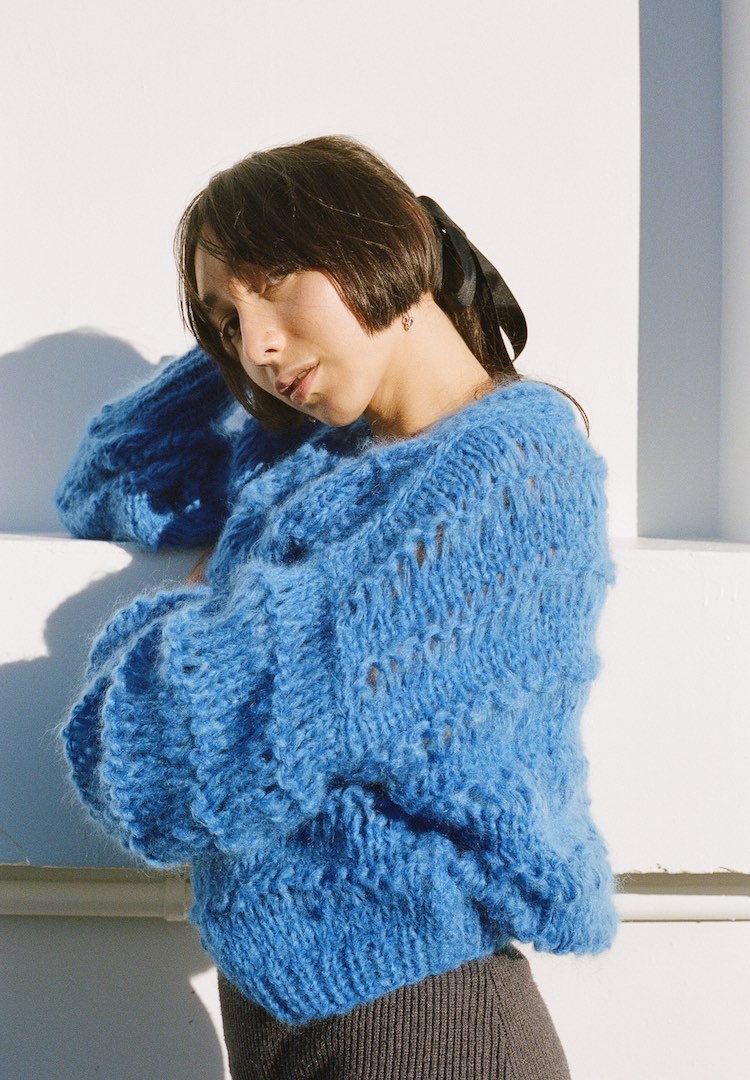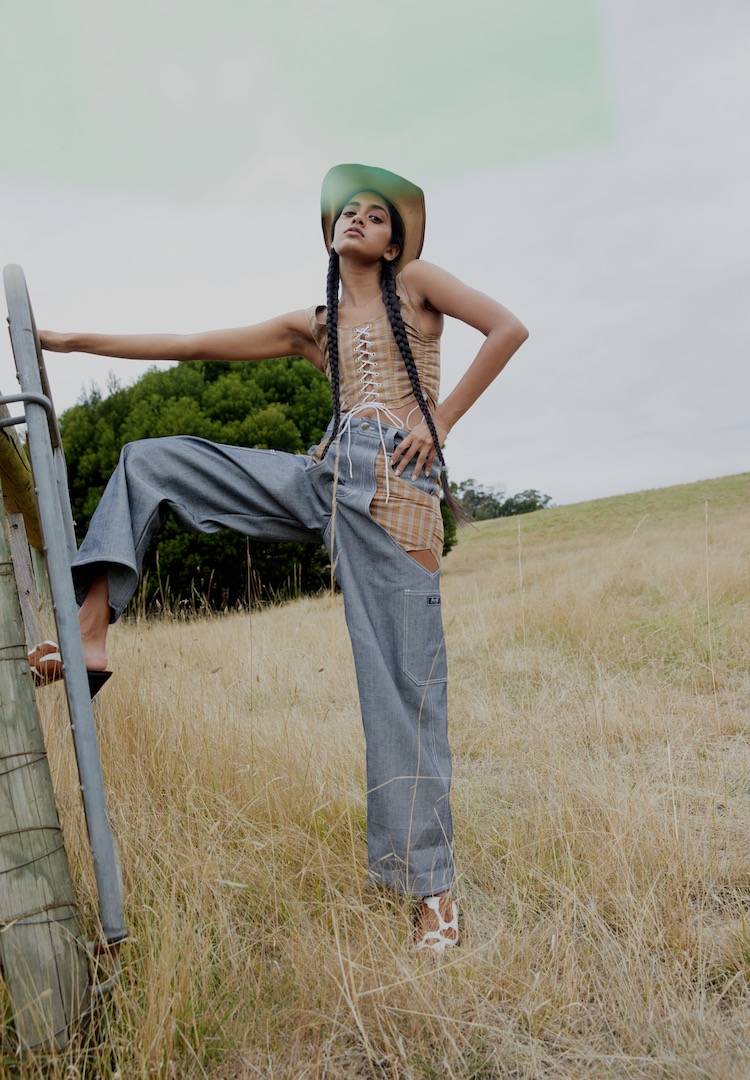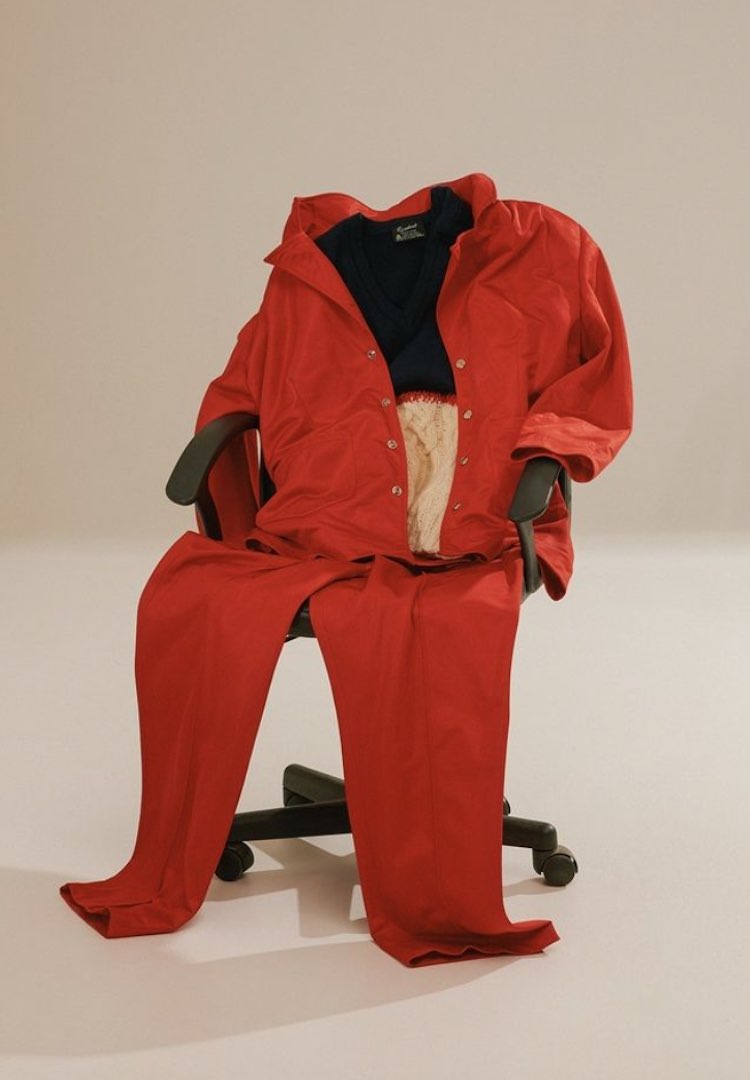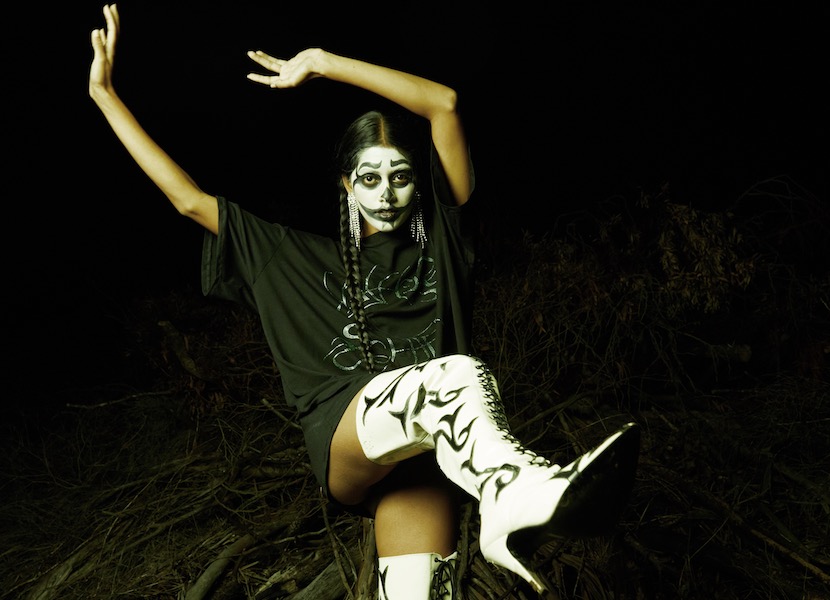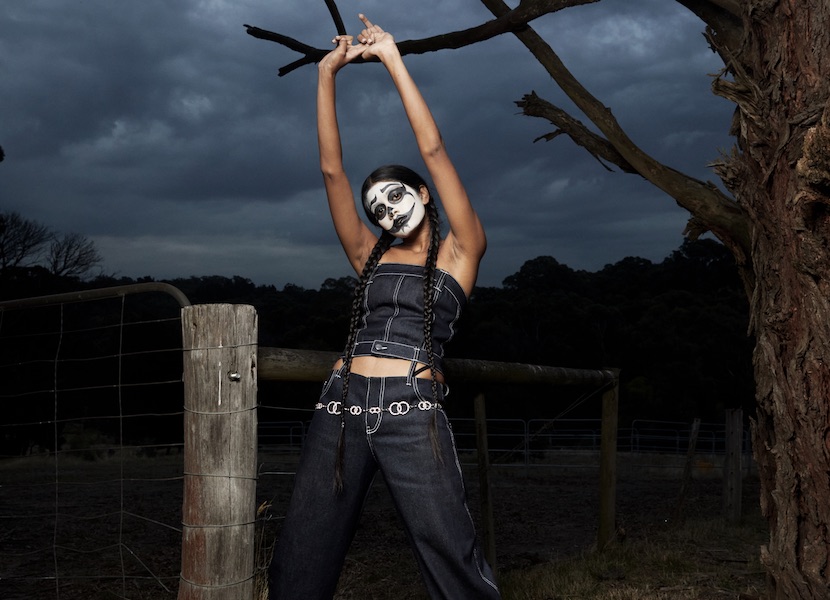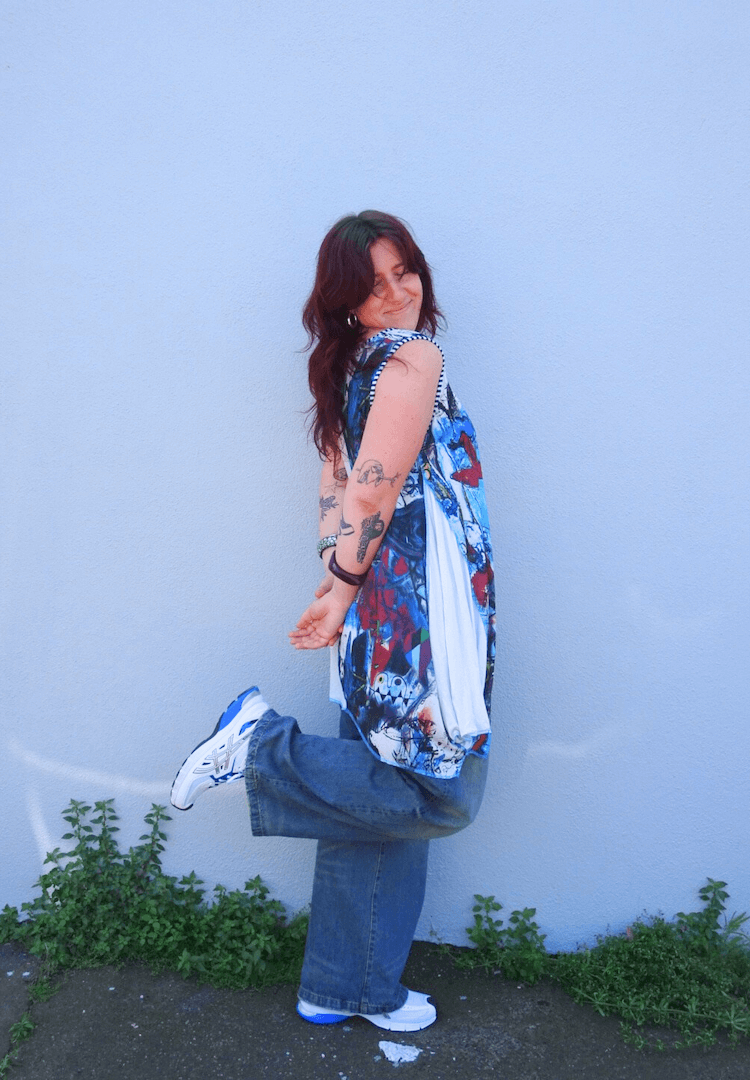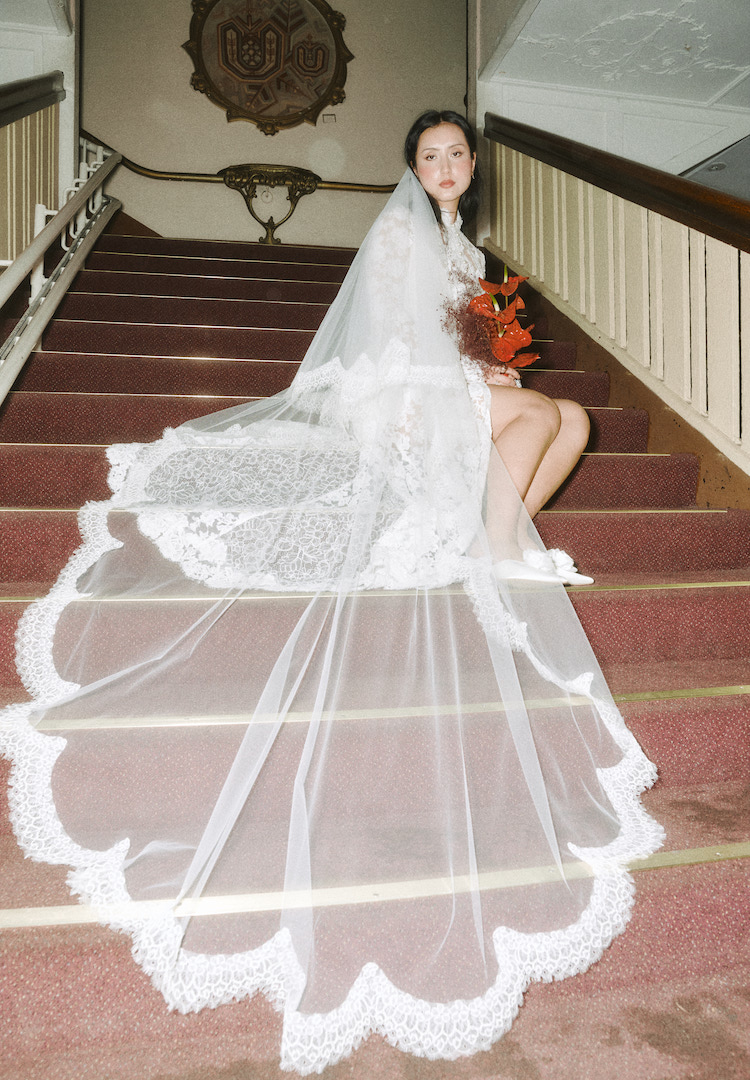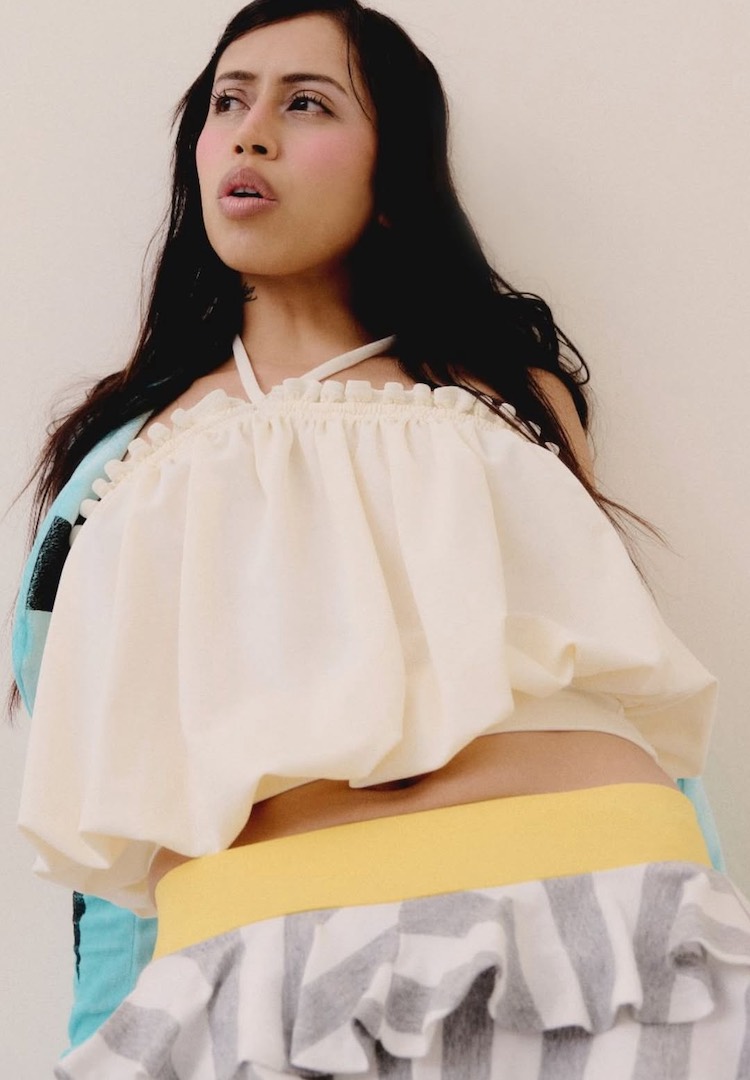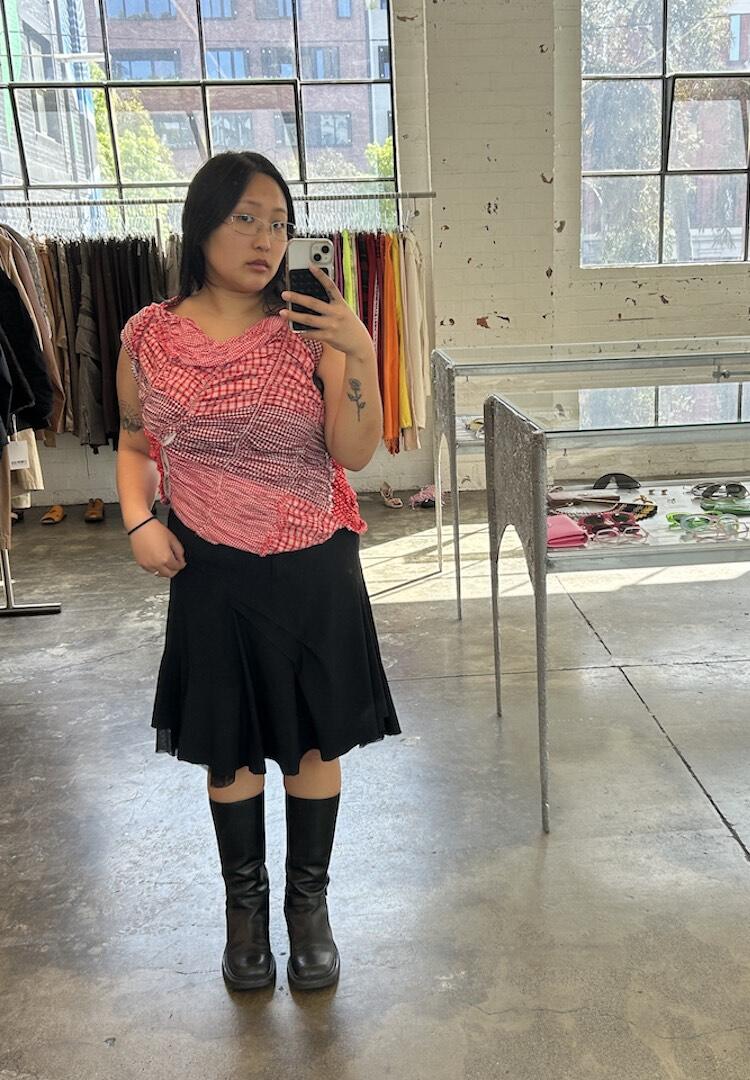Naarm-based label Sschafer wants to liberate consumers through its non-gendered designs
PHOTOGRAPHY BY MELISSA COWAN
WORDS BY ELEANOR WILSON
“We want to encourage people to express their most erotic and sensual self, the part that society expects you to hide.”
Cast in monochromatic staple pieces and an array of season-appropriate layers, Naarm/Melbourne proudly boasts the unofficial title of the ‘Fashion Capital of Australia’.
But beyond the guarded glass doors of the ‘Paris end’ of Collins Street, away from the polished Melbourne Fashion Festival runways, sits the flip side of the Melbourne fashion industry
For more local labels, head to our Fashion vertical.
In dark, graffiti-laden laneways and chaotic op shop change rooms that hedge the city, you’ll find a stark contrast in Melbourne style, where self-expression and non-conformity reign supreme.
Central to this individualistic fashion movement, in a quaint Brunswick warehouse, lies subversive clothing brand Sschafer, who is quietly making its own contribution to the transformation of local fashion.
Sschafer pieces transcend conformity or easy categorisation – meticulously structured bustier corsets and delicate mesh lettuce hems amiably mingle with baggy boxer jeans and oversized tees.
And for Hunter Williams and Stephanie Schafer, the duo behind the clothing label, fashion design exceeds superficial purposes.
Equal parts anarchic and effortless, Sschafer represents an era of consumers and creators who refuse to be bound by labels and binaries – so much so, that placing the brand on a fashion ‘dichotomy’ seems restrictive in itself.
Inspired by its powerful message and artistic approach to social critique, I couldn’t pass up the chance to unpack the allure and creative intellect behind Sschafer.
https://www.instagram.com/p/CNjtGWLn_W9/
Thanks so much for chatting with me today! Could you tell me a little bit about who Sschafer is and how you came to be?
Steph: [I] studied Fashion Design at RMIT and graduated in 2017. I struggled to get a job that I felt passionate about so I decided to go down a different route particularly as commercial and fast fashion wasn’t an area I wanted to end up in.
I always dreamed of having my own brand, and when I finished uni all of the brands I was interested in working for were super small and didn’t have the capacity to bring staff on board. I always felt like I was someone who was meant to be their own boss.
Me and Hunter were living together at the time, and we started working from our lounge room and that’s where it started. Hunter has the most incredible archive of clothes and personal style, and we combined our aesthetics to design the first range together. Since then we’ve been doing it together, and it’s really humbling to work with someone who has a different approach to designing because we complement each other in so many more ways. We’re constantly challenging and learning things from one another, and I really can’t imagine doing it without them!
I’m so intrigued by your brand name ‘Sschafer’ so I have to ask – how do we give justice to its pronunciation and where does it come from?
Steph: We spent some time trying to figure out a name that best represented the brand, but nothing was standing out. Schafer is my last name, and a lot of my favourite brands use their name. I felt like no matter where the label went, with my own name it would always feel right. It’s pronounced like Shay-fer and is of Northern Italian heritage where my family is from.
You’re quite experimental with the cuts of your pieces, is that something you always wanted to have as a trademark for Sschafer designs?
Hunter: Yes, definitely! We’re personally very inspired by brands that focus on small details and points of difference in their designs, a lot of deadstock brands from the ’00s era that sadly don’t exist anymore. It’s all in those small details! We have a bit of guilt about bringing more things into existence when so many clothes exist due to fast fashion, so it feels really important to try to make pieces that have a sense of subversiveness to the typical archetypes we are inspired by.
Steph: In terms of materiality, we are passionate about denim and the archetype of this garment, and that was an element that we really wanted to focus on when defining the Sschafer aesthetic. I specialised in this material during my studies, and the construction and versatility of this textile just really stuck with me. I think the workwear application of denim is something that I’m a bit obsessed with. Denim is extremely personal and for many, a textile that people can be scared of. I want people to feel sexy in their denim and feel confident in who they are. We really wanted to create a brand that celebrates authenticity in self and encourages the liberation of dress.
https://www.instagram.com/p/B8dSNLbH7v1/
Your designs are undoubtedly cutting edge. What do you want to bring to the fashion scene with your brand ideology?
Hunter: We both identify as queer and I identify as non-binary, so it’s always been very important to us to be a non-gendered brand. We are very inspired by queerness and sexuality, as historically when queer people express themselves by dressing how they feel comfortable, it has been a subversive if not illegal act.
Steph: Particularly within the construction process, when I’m patternmaking I don’t have a specific body in mind and I try to make the fits versatile so that anyone can wear them. I feel that society is so saturated with gender expectations and there needs to be more acceptance for people dressing how they feel and not conforming to the way they believe they should be dressing.
I wrote my thesis on this concept, and it’s become a strong influence within the Sschafer ideology and aesthetic. Dress is about expression and self-confidence and that’s one of the key concepts in the Sschafer M.O. We want to encourage people to express their most erotic and sensual self, the part that society expects you to hide, whether that’s through a sheer top or a baggy pair of jeans.
All of your pieces are sewn in-house in Naarm. Could you tell me a bit about that process and why it’s important?
Hunter and Steph: Being so involved in the production process is incredibly important to us as It makes the garment more personal and more of an intimate experience for the customer when wearing Sschafer. There are so many brands in the world, and we never wanted to have a huge amount of stock lying around, so all our designs are limited and most of the fabric we use is deadstock material that otherwise may have ended up being thrown out.
The fashion industry is one of the largest contributors to landfill, causing such a negative impact on the environment, and for this reason, we wanted to be in charge of how much we are creating to hopefully minimise consumption and disposal of textile waste. We only cut and sew an order once it has been placed so our production time is longer than a lot of other brands, but we hope that this encourages people to purchase with integrity and not impulsiveness.
Looking at the evolution of your brand, you’ve been exploring more colourful patterns and ‘feminine’ pieces lately, where did that inspiration stem from?
Hunter and Steph: We recognise that people might perceive certain pieces as feminine, but we never actually design for gender when creating pieces, we want anyone to wear our clothes and feel comfortable in them. For us, there is no colour, object or style of clothing that should exist in a binary.
We feel that given gender is purely a social construct; flowers, bright colours or specific silhouettes are not inherently feminine. For example, our Anthurium print was created by subverting the stereotypical floral print. Traditionally floral prints are considered ‘soft’ by using curves and light hues, so we wanted to reimagine the floral print with sensuality and hardness in mind.
The Anthurium flower is visually quite sensual, and with a fluorescent green background, it diverges from the many floral prints that exist. We love playing with hard vs soft elements to portray a sense of fluidity within our designs and feel this represents a genderless approach to garment design.
https://www.instagram.com/p/CQVcoyPNfrF/
What is Sschafer focusing on for the second half of 2021? Do you have anything exciting planned for the future?
Hunter and Steph: We’ve had a lot of time to reflect and think about our influences, and we want to really focus on more clearly expressing those inspirations through our designs. A lot of our development stems from sexual liberation through dress, and dressing not for any particular gaze in mind but to honour and cherish one’s self. We reference rave and club culture within our designs, as we believe that this is a site of true authenticity in dress and cultural identity.
We are also currently looking into working with local manufacturers to outsource some of our production. Our current in-house-production model limits the time we have for concept and design development, and we’d like to devote ourselves entirely to it, if possible. We’d love to provide custom pieces and create garments for a personal archive, rather than commercially. We have been really conscious of manufacturing locally, and in small quantities so that we are not compromising our ethos of local, Australian production and limited runs.
Head here to explore Sschafer’s range of fluid designs.

